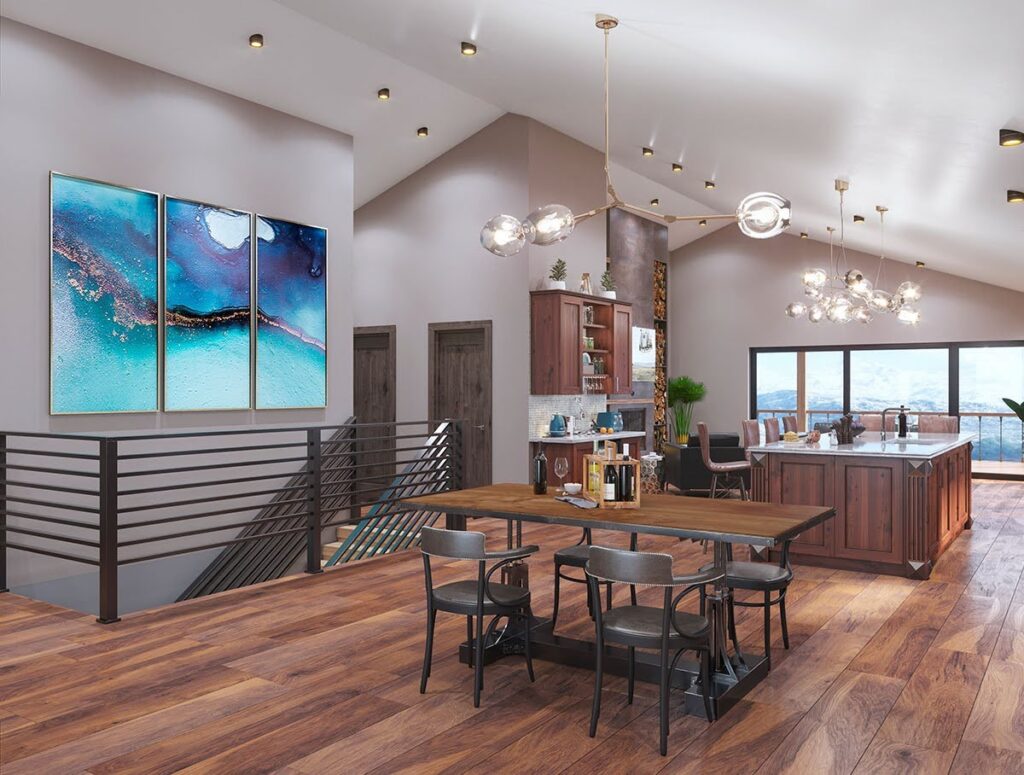Utah is a state that proudly wears its history-from the red sandstone buildings of Salt Lake City to the Victorian-style homes of Provo. As cities grow and homeowners modernize, the challenge becomes clear: how do you update a home for today’s lifestyle while preserving the soul of its past? The answer lies in thoughtful, strategic renovations that blend timeless character with functional upgrades. Whether you’re reviving an early 1900s Craftsman or updating a mid-century gem, working with professionals who specialize in whole house redesign and renovation services can make all the difference.
Why Preserve the Historic Elements?
Historic homes carry stories, unique architectural details, and craftsmanship you can’t replicate with modern mass-construction. Exposed beams, original hardwood floors, vintage built-ins, and period trim add irreplaceable charm. When preserved properly, these features not only enhance your home’s value but also contribute to the broader character of Utah’s neighborhoods.
According to the Utah State Historic Preservation Office, over 40,000 properties across the state are considered eligible for historic designation-many of which are privately owned. Remodeling these homes can breathe new life into them while maintaining a sense of place that’s fast disappearing in many growing metro areas.
Key Strategies for Blending Old and New
1. Respect the Original Layout-But Improve Flow
Older homes often have segmented layouts with small rooms and narrow doorways. Instead of demolishing everything, consider selective wall removals or widening openings to create a semi-open plan. Keep original trim, archways, or ceiling details wherever possible.
2. Update the Infrastructure, Invisibly
Behind the charm of historic homes often lies outdated plumbing, electrical, and HVAC systems. These upgrades are essential but should be done with care to preserve plaster walls or original flooring. Modern amenities can be added discreetly, ensuring comfort without sacrificing style.
3. Reclaim and Reuse Original Materials
Rather than replacing old wood or tiles, try restoring them. Reclaimed materials from the home-or others from the same era-can maintain authenticity. For example, refinishing original wood floors rather than laying new ones helps preserve the historic integrity.
4. Match New Additions with Old Styles
If you’re adding to your home, don’t let the extension stick out like a sore thumb. Use complementary materials, rooflines, and window styles that echo the original design. Modern construction techniques can still deliver classic aesthetics when executed thoughtfully.
Common Challenges and How to Overcome Them
- Code Compliance: Modern building codes don’t always align with historic layouts. A professional remodeler can help bring your home up to code while protecting key historical features.
- Asbestos and Lead Paint: Common in homes built before the 1980s, these hazards require specialized removal.
- Energy Efficiency: Original windows and insulation often underperform, but modern options can be chosen to match historical appearances while improving comfort.
This is where the expertise of general contractor in Utah becomes crucial. They understand local building codes, weather patterns, and architectural history-and can balance preservation with innovation.
Interior Tips for a Seamless Blend
- Lighting: Incorporate vintage-style fixtures with modern efficiency-like Edison bulb-inspired LED lights.
- Cabinetry: Custom cabinetry that mimics older craftsmanship but includes modern storage solutions brings the best of both worlds.
- Paint and Wallpaper: Earthy tones or historically accurate wallpaper can enhance period charm in a renovated space.
- Bathrooms and Kitchens: These areas often need the most updates. Classic tile patterns, apron sinks, and shaker cabinetry can modernize without clashing.
Financial Incentives for Historic Renovation
Did you know that Utah offers state and federal tax credits for the rehabilitation of certified historic properties? Homeowners may qualify for up to 20% in federal credits and additional state-level benefits, depending on the nature of the renovation. These programs reward property owners who invest in preserving Utah’s architectural heritage.
Final Thoughts
Blending old and new isn’t about choosing one over the other-it’s about honoring the legacy of a home while preparing it for future generations. With the right planning, team, and design mindset, you can enjoy the comfort of modern living inside a home that still tells its original story.
So, whether you’re restoring a pioneer-era farmhouse or reimagining a 1950s rambler, start with respect for the past-and bring in professionals who know how to translate that respect into stunning results. Utah’s homes deserve nothing less.

